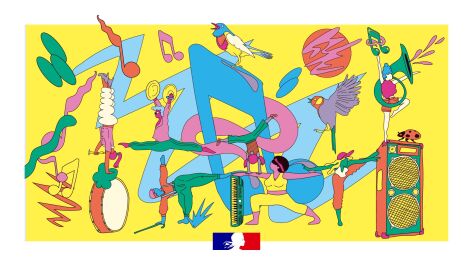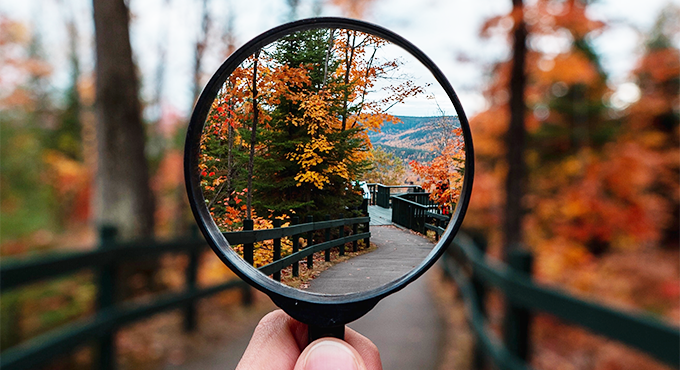 Hírek
Hírek 
When technology is at the service of arts
A new version of the particle accelerator Aglaé was unveiled at the Louvre museum in late 2017. The only one of its kind, it explores the most mysterious secrets of the most fragile works of art by unveiling their chemical identity.
A particle accelerator to analyse works of art
Aglaé: 10 tons, 27 meters long
Its nickname Aglaé is the French for Aglaea, Greek goddess of splendour, but its real name is "Accélérateur Grand Louvre d’analyses élémentaires" (Grand Louvre Accelerator for Elementary Analysis). How does it work? Aglaé is a particle accelerator that describes the physical/chemical identity of objects. In short, it defines their chemical identity card.
Launched on 23 November 2017 by the minister of culture Françoise Nyssen and the minister for higher education and research Frédérique Vidal, its new version is a monster of technology of 10 tons for 27 meters long. It's the only one of its kind in the work installed in the lab of a museum and exclusively dedicated to the study of works of art and heritage objects.

A beam finer than human hair
Disassembled in 2016, the previous version of Aglaé worked for 28 years. Among others, it revealed that a key art piece from Ancient Egypt exhibited in the Louvre was in fact much more recent than we thought. The analysis of glass revealed that it contained lead and arsenic, compounds that are typical from the 17th century!
The new version of the particle accelerator now allows for a much more precise and finer study of works and pieces of art. Finer than human hair, its beam can analyse highly sensitive materials such as materials of biologic origin (pigments, varnish, etc.) without the risk of degradation.

Working in a bunker under the Louvre
Installed under the Carrousel du Louvre in a bunker with wall reinforced with lead to protect from radiation, Aglaé works for all 1,200 museums in France. But scientists from all over the European Union can use it.
Installed under the Carrousel du Louvre place in a bunker with wall reinforced with lead to protect from radiation, Aglaé works for all 1,200 museums in France. But part of its use is exclusively reserved to scientists from all over the European Union.
Aglaé was developed by the French Centre for Research and Restoration of Museum in France (C2RMF) in collaboration with the CNRS centre. The lab studies materials of works of art to appraise the works and provide curators with the most advanced methods to preserving works of art.





Commentaires
Vous devez être connecté pour laisser un commentaire. Connectez-vous.